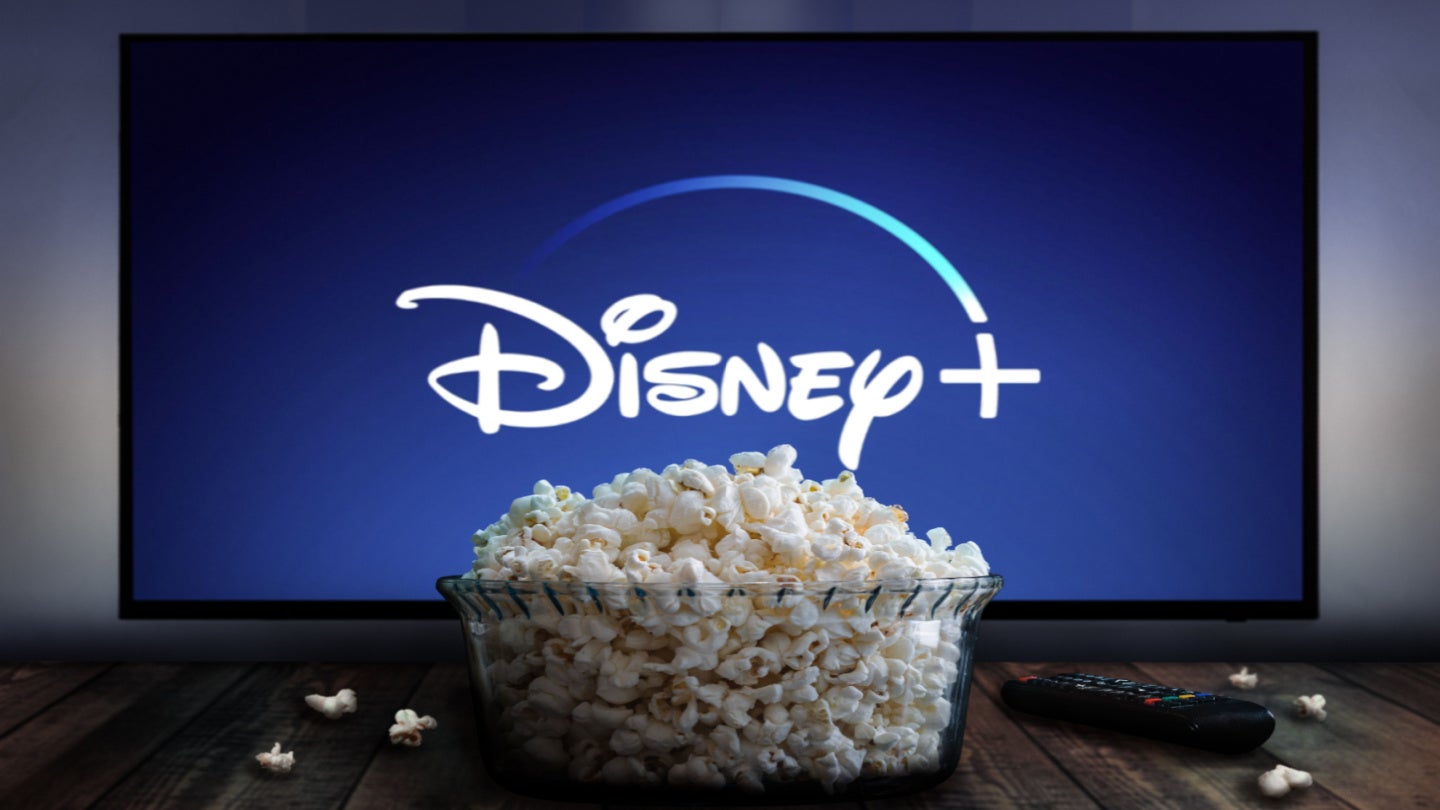Disney has officially overtaken Netflix as the largest streaming service in the world this year. The company reported 235 million subscribers collectively across its main platforms: Disney+, Hulu, and ESPN. Although Netflix has retained a close second with 223.1 million subscribers as of November, Disney+ has shown remarkable success in just a short time, only entering the streaming wars in 2019, 12 years after Netflix.
A focus on customer retention
The pandemic generated enormous demand for subscription video-on-demand (SVoD) services and expanded the market for over-the-top (OTT) services. In the US alone, SVoD’s total revenue is expected to reach $61 billion by 2026, up from $24 billion in 2019, according to Global Data forecasts.
However, new realities in the market mean that multiple platforms are competing for limited consumer time in an increasingly saturated market. Namely, the current macroeconomic climate and the rising cost of living have reduced consumer discretionary spending, impacting their ability to subscribe to multiple platforms. As a result, a focus on consumer retention is essential for streaming platforms as competition intensifies, especially with the emergence of smaller and more focused platforms.
What is Netflix doing to answer Disney?
Netflix’s focus on original, iconic content has been successful in retaining subscribers and reducing churn. Netflix reported that Squid Game, released in 2021, was viewed by 142 million households within the first four weeks. The platform has built its reputation on immediacy and the binging model, where it differs from competitors. However, as a way to maintain interest, releasing content in installments will become more common. This was trialed with success by Netflix in 2022, with the release of season four of Stranger Things in two installments.
Netflix has followed in the footsteps of its competitors and adopted a wider variety of subscription options, including an ad-supported tier. In November 2022, Netflix announced a basic ads package that, at $6.99 per month in the US, is cheaper than its ad-free starting price of $9.99. This is also priced lower than the $7.99 Disney+ alternative. Advertising opens a new revenue stream for platforms and offers consumers discounted subscription costs for ad-supported platforms. The companies are hoping that ads will recoup the additional revenue that is lost in the lower subscription price, and then some.
Streaming services are diversifying
Major streaming platforms are continuing to diversify to keep up with trends and maintain consumer interest. A recent move has been into live sports. Starting in 2023, the NFL’s Sunday Ticket package, worth $2.5 billion per year, will be hosted by a streaming platform.
Google, Apple, Amazon, and Disney are among the companies bidding for the rights. Incorporating live sports content will position platforms as more desirable options for consumers selecting entertainment subscriptions. This will further enhance the popularity of SVoD service platforms, leading to more households ditching their traditional pay-tv subscriptions in favor of OTT alternatives. Netflix has also announced its first-ever live show in 2023, to be hosted by comedian Chris Rock, opening the door for more live content on Netflix in the future.








